Introduction
EVs on Urban Living city where the air is clean, traffic noise is significantly reduced, and commuting is not a major contributor to climate change. Sounds like a dream, right? Well, electric vehicles (EVs) are making this vision a reality. As urban areas expand and populations grow, the need for sustainable solutions has never been greater. EVs offer a promising path to reducing pollution, improving air quality, and enhancing overall urban sustainability. But what does this shift really mean for cities and their residents? Let’s dive in.
The Rise of Electric Vehicles
A Brief History of EVs
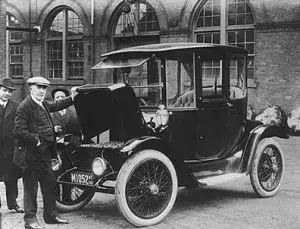
Electric cars are not as new as you might think. In fact, they date back to the 19th century. However, it wasn’t until recently thanks to advancements in battery technology and growing environmental concerns that EVs have gained mainstream traction.
Government Policies and Incentives
Many governments worldwide are pushing for EV adoption by offering subsidies, tax breaks, and incentives. From zero-emission mandates to ambitious carbon neutrality goals, the push toward electrification is reshaping urban transport.
Automakers Embracing the EV Revolution
Major automobile manufacturers are investing heavily in EV production. Companies like Tesla, Nissan, and Volkswagen are leading the charge, while even traditional automakers like Ford and General Motors are pivoting towards electric mobility.
How EVs Contribute to Sustainable Urban Living
Reduced Air Pollution
One of the biggest advantages of EVs is their ability to cut down air pollution. Unlike gasoline-powered cars, EVs do not emit tailpipe pollutants such as carbon monoxide and nitrogen oxides, leading to cleaner urban air.
Decreasing Greenhouse Gas Emissions
Transportation is one of the largest contributors to greenhouse gas emissions. By switching to electric cars especially those powered by renewable energy cities can significantly reduce their carbon footprint.
Noise Pollution Reduction
Ever noticed how silent an electric car is compared to a roaring engine? The near-silent operation of EVs helps reduce noise pollution, making cities more peaceful and livable.
EV Infrastructure: The Backbone of Urban Sustainability
The Importance of Charging Stations
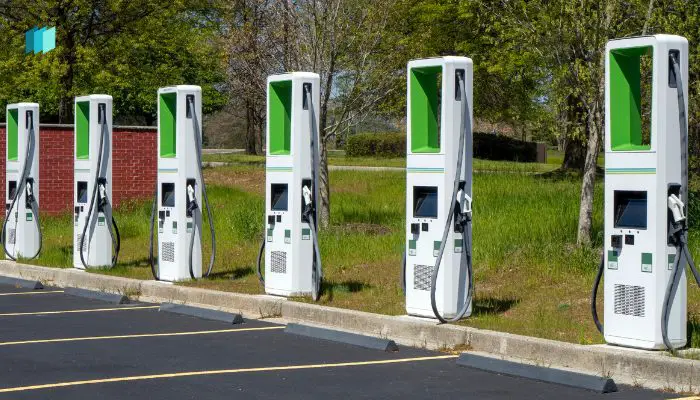
For EVs to be practical in urban areas, a robust charging infrastructure is essential. Cities worldwide are installing more public charging stations to accommodate growing EV numbers.
Smart Grid Integration
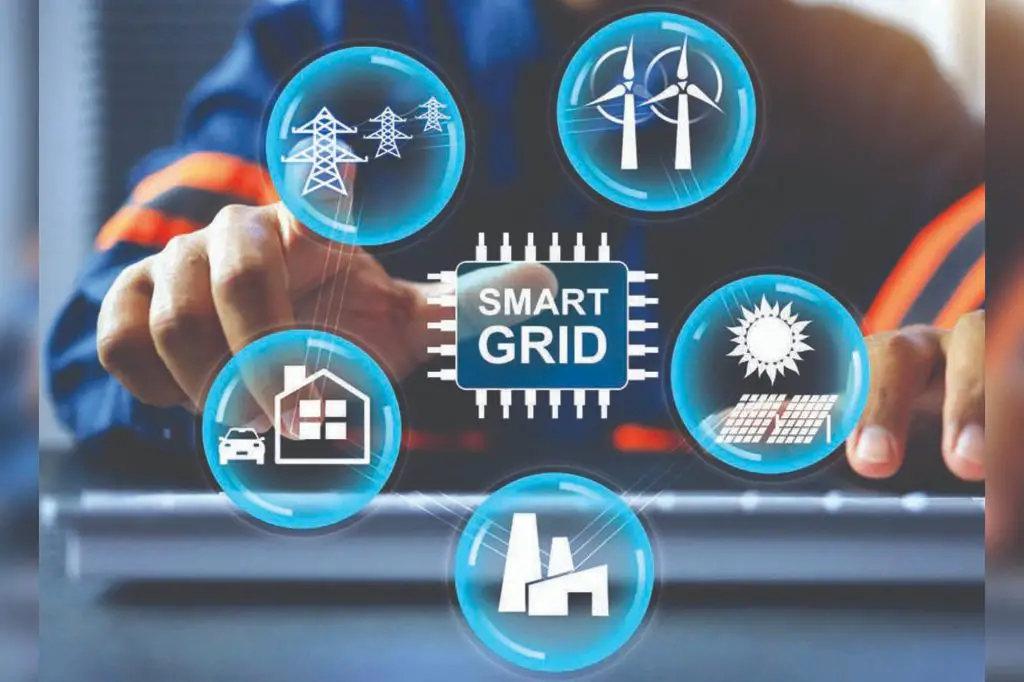
EVs are not just consumers of electricity they can also contribute to smart grid systems. Vehicle-to-grid (V2G) technology allows EVs to store energy and return it to the grid during peak hours, optimizing electricity usage.
Renewable Energy Charging
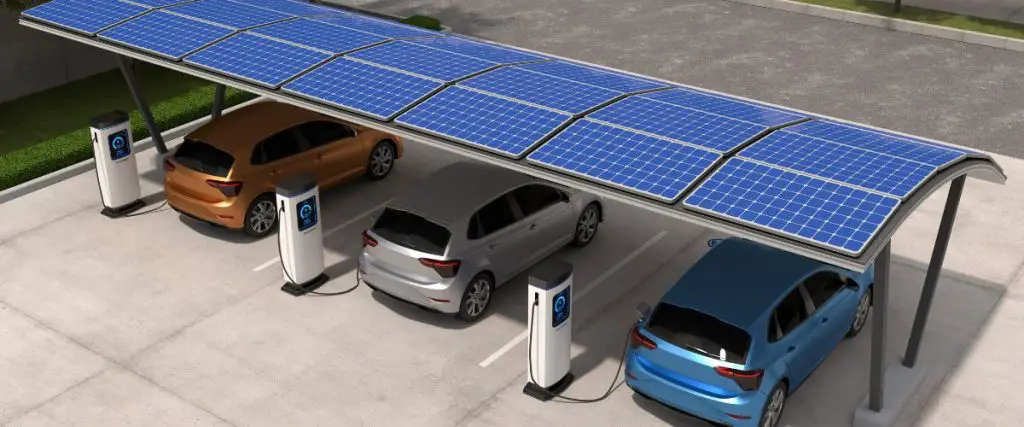
Pairing EV charging stations with solar or wind power enhances sustainability. Imagine charging your car with electricity generated from the sun true green energy in action!
Economic and Social Impacts of EV Adoption
Cost Savings for Consumers
While EVs may have a higher upfront cost, they offer lower maintenance and fuel expenses, saving owners money in the long run.
Job Creation in the EV Industry
The transition to electric mobility is creating new jobs in manufacturing, battery production, and renewable energy sectors.
Increased Urban Mobility Options
Cities are exploring electric public transport, e-bikes, and ride-sharing services to further enhance sustainable urban mobility.
The Best Energy-Saving Smart Devices for an Eco-Friendly Home
Challenges to Widespread EV Adoption
High Initial Costs
Despite incentives, EVs remain expensive for many consumers. However, as battery technology improves, costs are expected to decrease.
Limited Charging Infrastructure
While charging networks are expanding, some regions still lack adequate facilities, making long-distance travel challenging.
Battery Disposal and Recycling
The environmental impact of EV batteries is a growing concern. Efficient recycling methods are crucial to minimize waste and pollution.
The Future of EVs in Urban Living
Autonomous Electric Vehicles
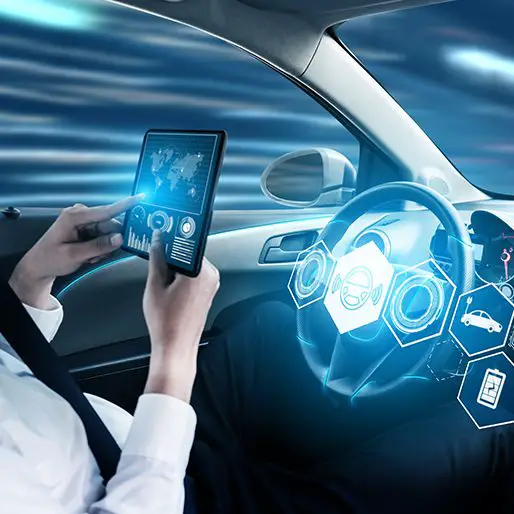
Self-driving EVs could revolutionize urban transport, reducing congestion and improving safety.
Electric Public Transport Expansion
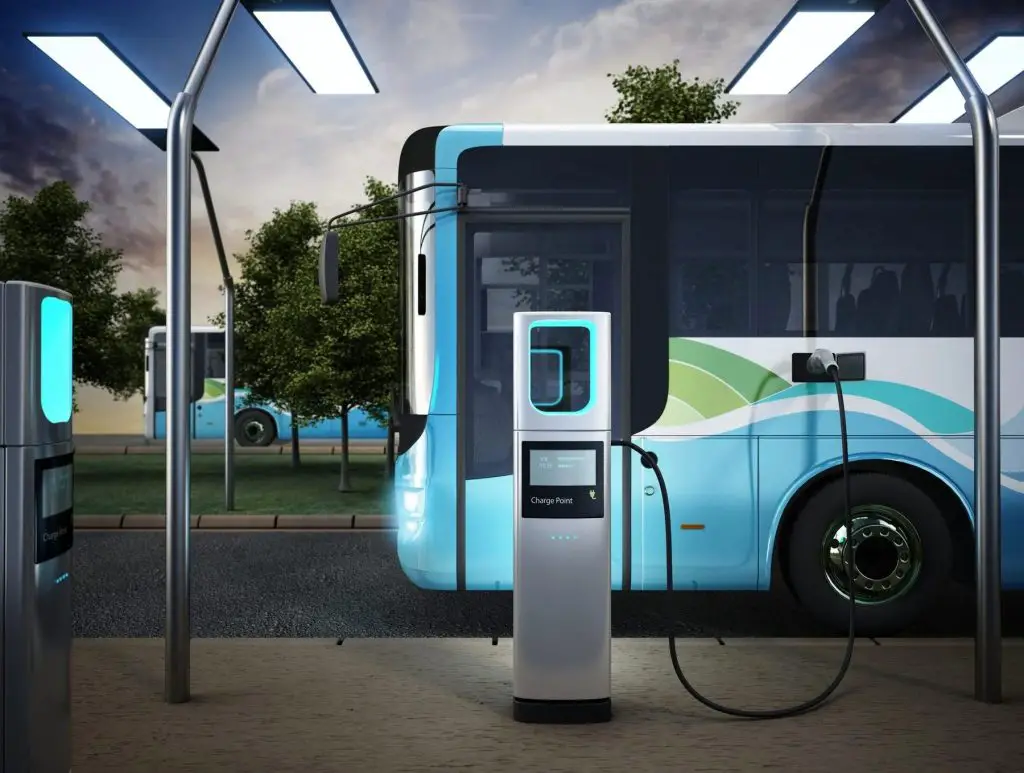
From buses to taxis, more cities are integrating electric vehicles into their public transportation fleets.
Smart Cities and EV Integration

Future cities will likely incorporate AI-driven traffic management and smart grids to enhance the efficiency of EVs.
How 3D Printing is Contributing to Sustainable Manufacturing
Conclusion
Electric vehicles are more than just a trend; they are a cornerstone of sustainable urban living. By reducing emissions, cutting noise pollution, and improving energy efficiency, EVs are helping shape cleaner, greener, and smarter cities. While challenges remain, continuous advancements in technology and policy will drive the widespread adoption of EVs, making urban life more sustainable for generations to come.
FAQs
1. Are electric vehicles really better for the environment?
Yes! EVs produce zero tailpipe emissions and, when powered by renewable energy, have a significantly lower carbon footprint than gasoline vehicles.
2. What is the biggest challenge facing EV adoption in cities?
Charging infrastructure remains a key challenge. Expanding charging networks is crucial for making EVs practical for urban dwellers.
3. How long do EV batteries last?
Most EV batteries last between 8 to 15 years, depending on usage and maintenance. Battery recycling programs are also improving sustainability.
4. Do EVs save money in the long run?
Yes, despite higher upfront costs, EVs have lower fuel and maintenance expenses, making them cost-effective over time.
5. What role do governments play in EV adoption?
Governments provide incentives, build charging infrastructure, and enforce regulations to accelerate EV adoption and sustainability efforts.
